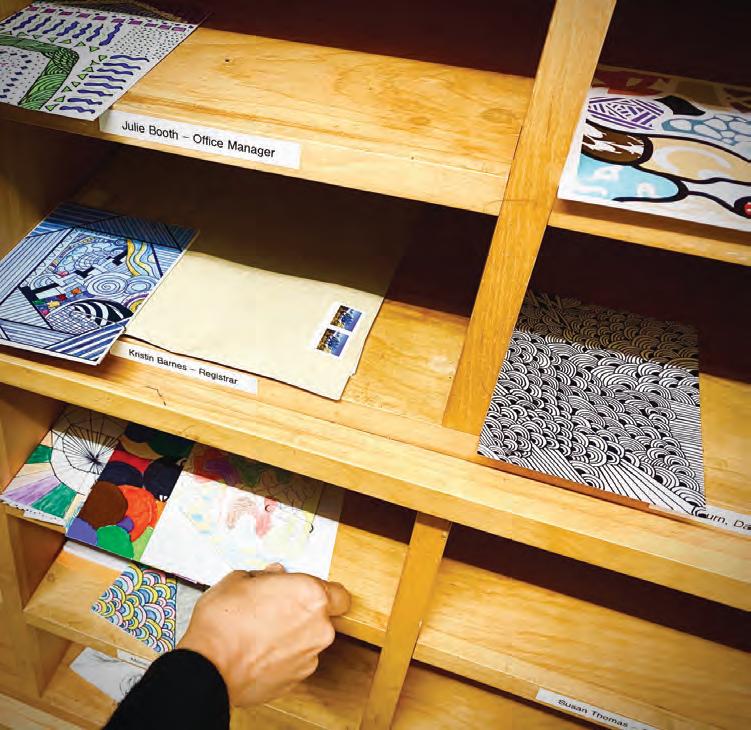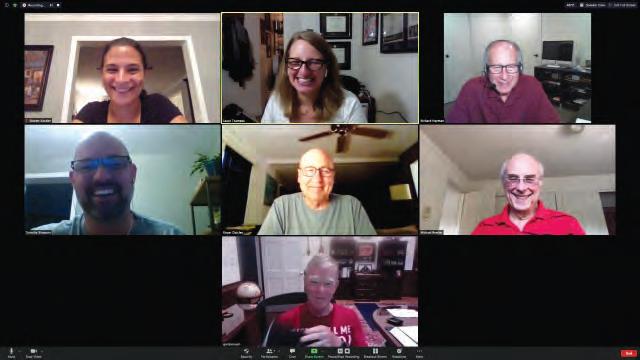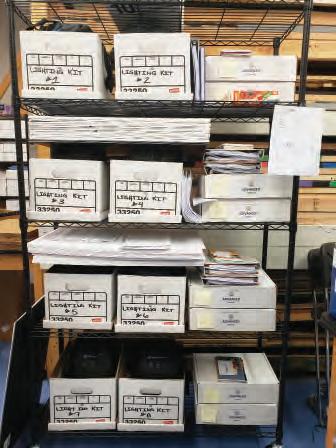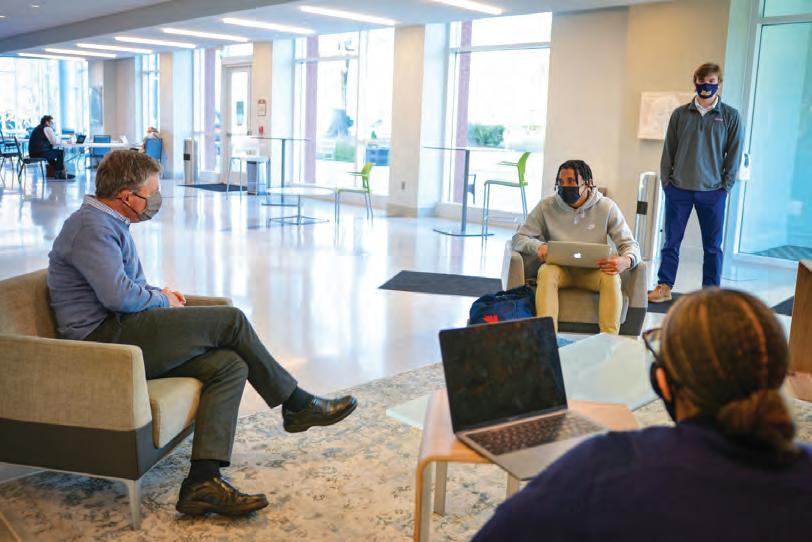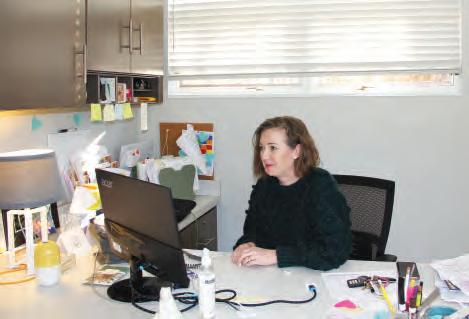ACADEMICS
Thinking Inside and Outside the Box: Education in a Kit Teachers often think outside the box when designing lessons for their students. This year, as normal educational methods met challenges, Bullis teachers found solutions—inside actual boxes. When an educational quick-change became necessary at Bullis in March 2020, faculty created a comprehensive—and resoundingly successful—remote learning program. But
hands-on classes needed especially creative solutions. Anthony Brooks, technical theatre director and teacher, wanted to be prepared come September—and had an idea to package materials for his Upper and Middle School students. “I looked for ways to teach remotely in technical theatre using safe and effective teaching tools and methods, no matter what form classes took.” Over the summer, Brooks spent countless hours making lists and gathering materials to create nearly one hundred educational kits containing Styrofoam, paints, spackle, crayons, and more. He wanted to make it possible for remote and in-class Upper School students to make scenic and production designs and prop foods like cakes, sundaes, and burgers. He also filled kits for Middle School students with socks, cloth, accessories, and small plastic skeletons “perfect for teaching movement in puppeteering.” Brainstorming the possibilities, Brooks and several Bullis colleagues rolled up their sleeves to assemble hundreds of kits for various subjects. Such ingenuity and effort is allowing classroom and remote students to complete projects in tech theatre, visual arts, BITlab, and even science classes. Neatly packaged and labeled, the kits are “very innovative,” said Brooks, who is documenting the process in his classes. Supported by the Bullis Fund, the School made supplies and technology available as faculty devised creative educational solutions. “Bullis even provided advanced tech theatre students with a device to turn laptops into light boards,” Brooks said. “I couldn’t have done this at another school.” In Upper School painting, Art Teacher Angela Swadling’s in-class students wear masks and keep their distance at large
4
BULLIS | Fall-Winter 2020-2021
Left: Lower School student retrieves box of art supplies from the hallway. Above: Lighting kits beside supplies for Advanced Design students.
tables divided by tall Plexiglas barriers. They completed a postcard art project using supplies provided in individual boxes stacked high on countertops and carts. Along with Swadling, Art Teacher Alice Shih-Kahn and Director of Visual Arts Kathleen Adams collaborated on art kits containing pencils, pastels, charcoal, acrylic paints, and watercolors; sculpture and ceramics kits include clay, wire, cardboard, mini-glue guns, and carving tools. “A lot of brainpower and work went into putting all these boxes together!” Shih-Kahn said. Adams agrees. “We had to determine how to offer the full range of studio art classes while accommodating the hybrid learning model.” Shih-Kahn’s Ceramics I students take clay and tools from sturdy plastic containers to make clay bowls. Guiding her classroom students, Shih-Kahn then uses a laptop and


